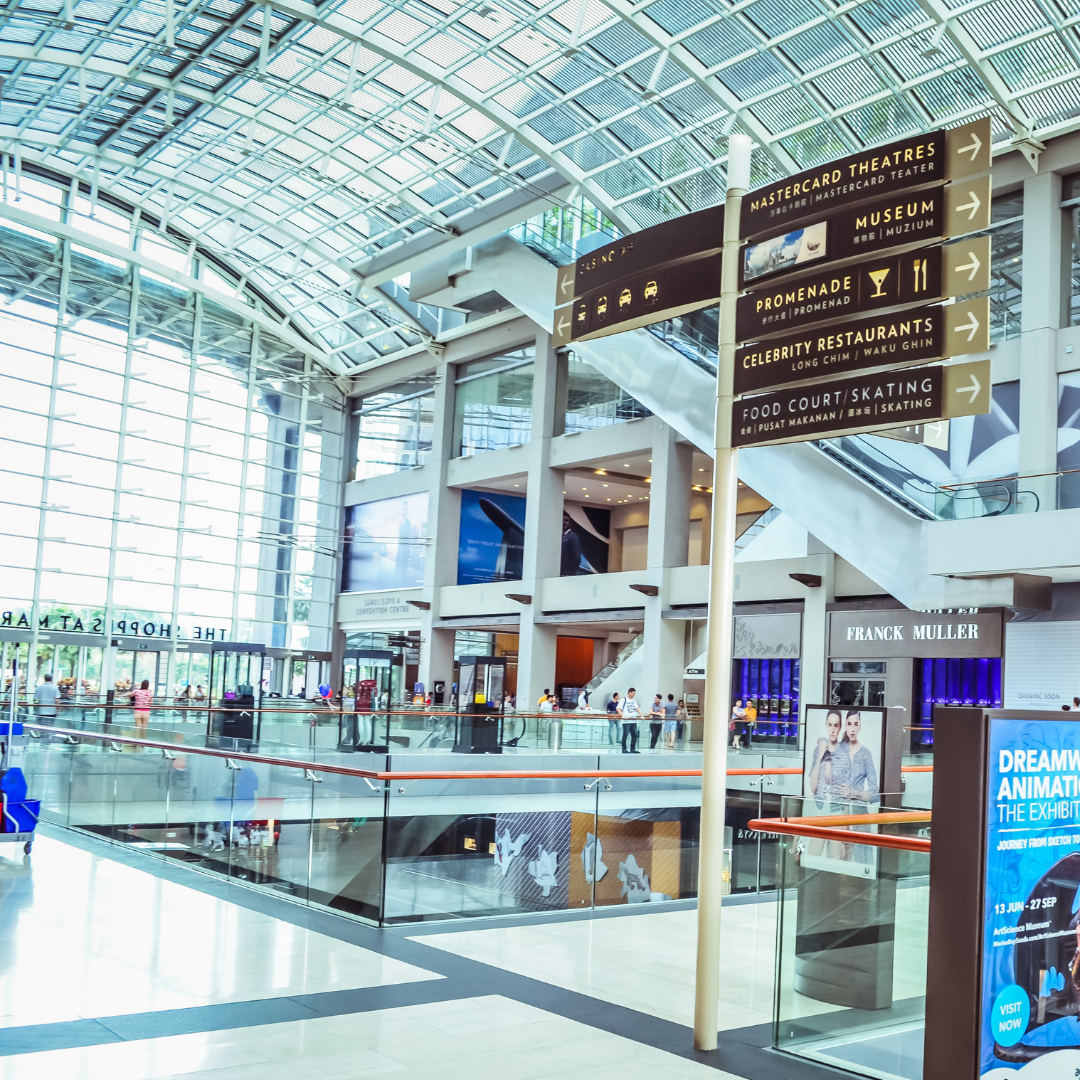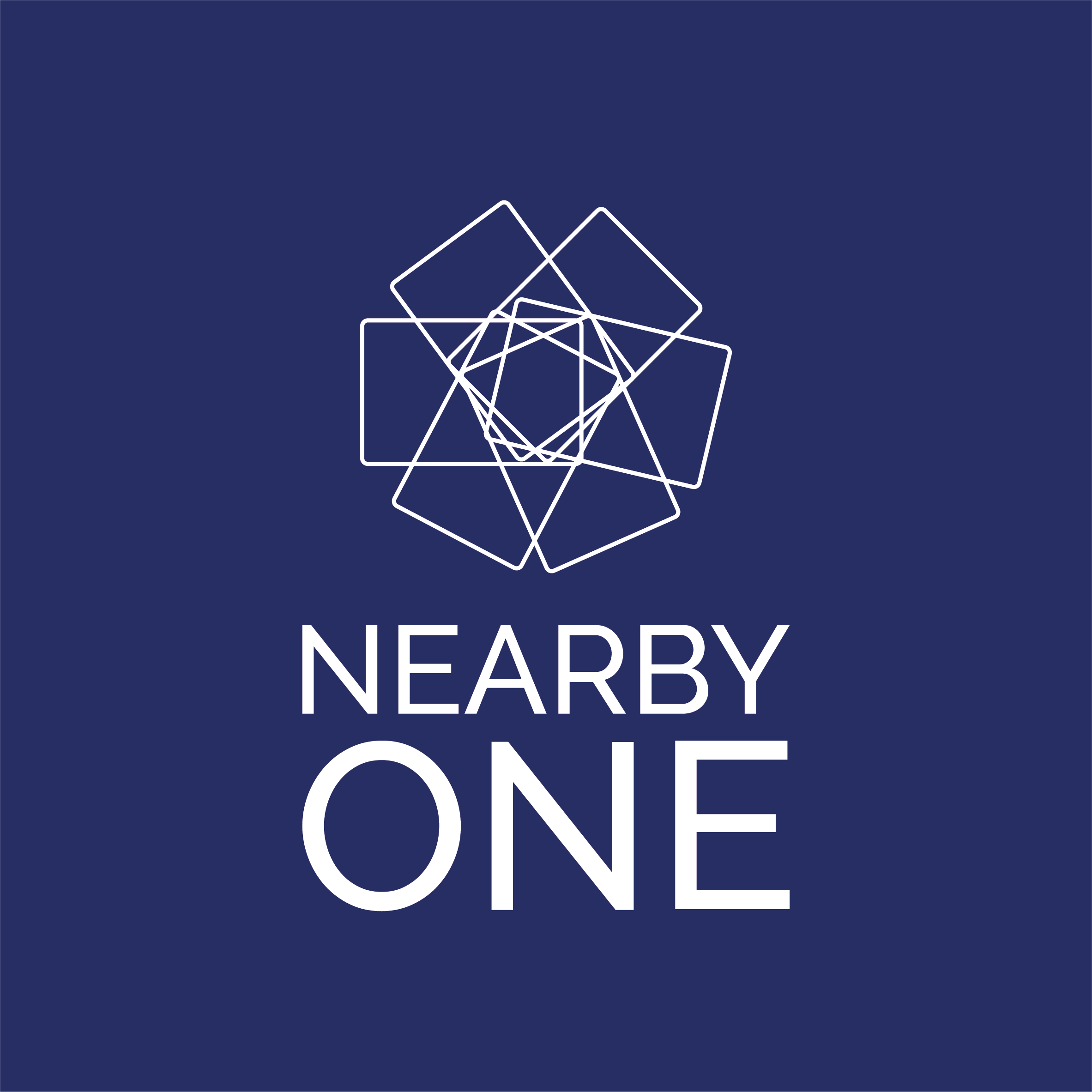Blog | nearby computing
From traditional retail operations to cutting-edge, edge-enabled infrastructure
Are your retail operations struggling to provide personalized, real-time services due to limitations in the current infrastructure?
In the rapidly evolving retail landscape, shopping malls and individual retailers face an increasingly critical question: How can they leverage emerging technologies to enhance customer experience and drive revenue?
One transformative solution lies in the intersection of edge computing and 5G. This powerful combination promises to transform the retail sector by enabling highly personalized, efficient, and immersive shopping experiences. But how can retailers effectively transition from their existing infrastructure to this new paradigm?

The Challenge
The challenge begins with the deployment of 5G networks within malls.
Real estate operators invest in private 5G networks to support their tenants, aiming to provide a seamless and advanced connectivity experience. However, merely installing 5G infrastructure is not enough.
The real question is: how can malls and retailers monetize these networks? The answer lies in edge computing, which enhances the capabilities of 5G, enabling applications that can truly change retail operations.
The Advantages of Edge Computing in Retail Operations
Edge computing brings data processing closer to the source, reducing latency and increasing the speed of data transfer. This is crucial for implementing applications that rely on real-time data, such as personalized marketing, augmented reality (AR) shopping experiences, and precise location tracking.
For instance, a shopper could receive instant notifications about deals in nearby stores or recommendations based on their shopping history and current location within the mall. Such personalized engagement not only enhances the shopping experience but also drives sales and customer loyalty.
However, the journey from traditional retail operations to an advanced edge-enabled infrastructure is complex. How do retailers manage the transition smoothly?

The role of an edge-to-cloud automation platform
There is where NearbyOne, edge orchestration platform plays a vital role. NearbyOne simplifies the deployment, management, and optimization of edge computing resources, ensuring that both network functions and applications operate smoothly.
Retailers and mall operators can use NearbyOne to manage 5G network components, such as the User Plane Function (UPF), and to deploy applications that utilize these networks. By hosting 5G network functions and associated applications on the edge, retailers can deliver enhanced services with minimal latency. This capability is especially valuable in a retail setting where real-time interactions significantly impact customer satisfaction and sales.
How can you provide customers with an engaging, interactive shopping experience?
One practical example is using edge computing for location-based services within a mall. With 5G’s enhanced localization features, retailers can track shoppers’ movements and provide targeted promotions or assistance. For example, a customer entering a clothing store could receive recommendations for outfits based on their previous purchases or current trends. This level of personalization requires robust data processing capabilities at the edge, ensuring that information is processed and delivered in real time without burdening centralized servers.
How can you provide customers with an engaging, interactive shopping experience? A customer using their smartphone to visualize how furniture would look in their home or trying on virtual clothes. These applications require significant computational power, which can be efficiently managed through edge computing, making the experience smooth and engaging.
The role of NearbyOne extends beyond merely managing network functions. How can you leverage data to optimize store operations and enhance customer satisfaction? NearbyOne also involves orchestrating applications that enhance the retail environment. Video analytics, for example, can be employed to monitor foot traffic, analyze customer behavior, and optimize store layouts. This data-driven approach enables retailers to make informed decisions, improving operational efficiency and customer satisfaction.
For retail CIOs, adopting edge computing and 5G is not just about keeping up with technological trends; it is about strategically positioning their businesses for future success. The ability to offer personalized, real-time services can significantly differentiate a retailer in a competitive market. NearbyOne provides the tools needed to manage this transition effectively, ensuring that retailers can capitalize on the benefits of edge computing without the complexity traditionally associated with such deployments.
In conclusion, the move from one node to another—from traditional retail operations to a cutting-edge, edge-enabled infrastructure—requires careful planning and robust technological support. By leveraging NearbyOne edge orchestration capabilities, retailers can unlock the full potential of 5G, providing an unparalleled shopping experience that drives both customer satisfaction and revenue growth.





